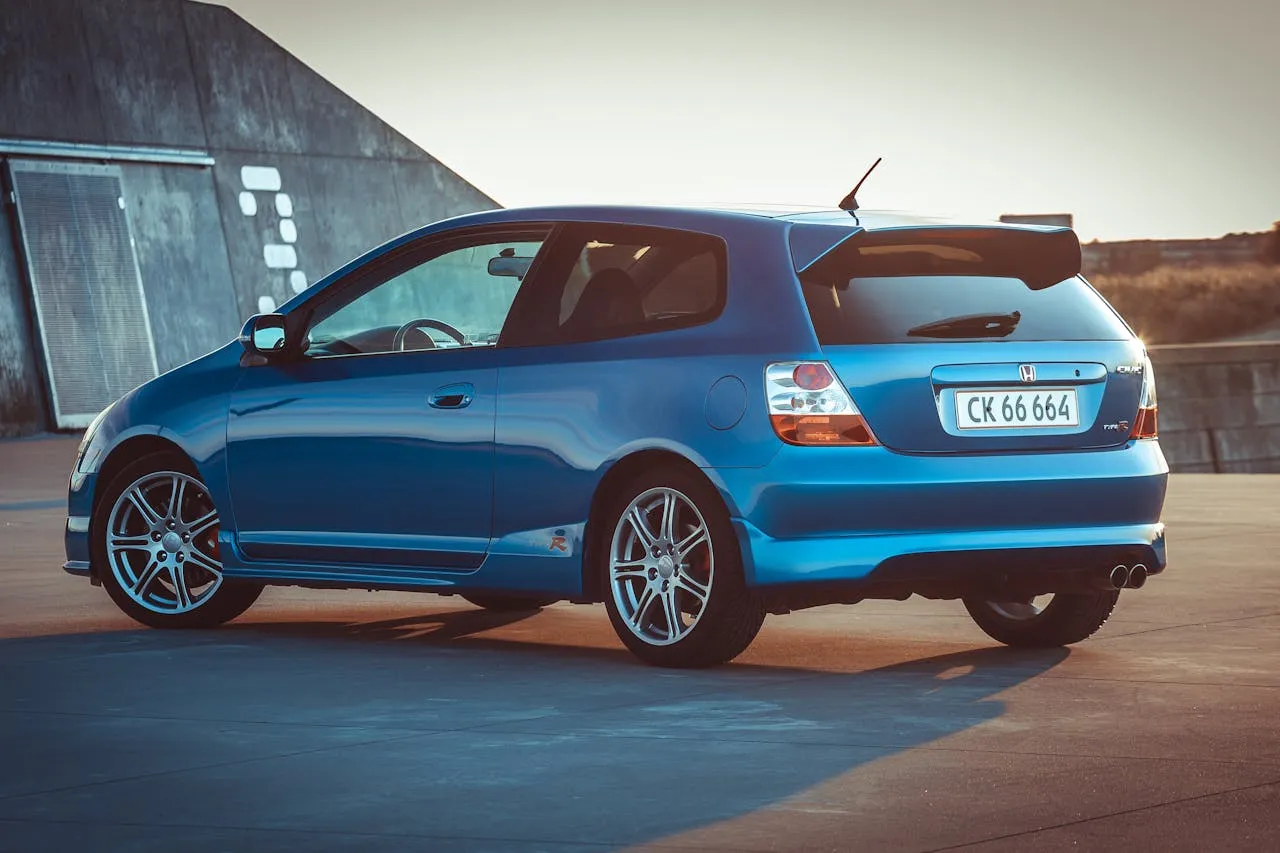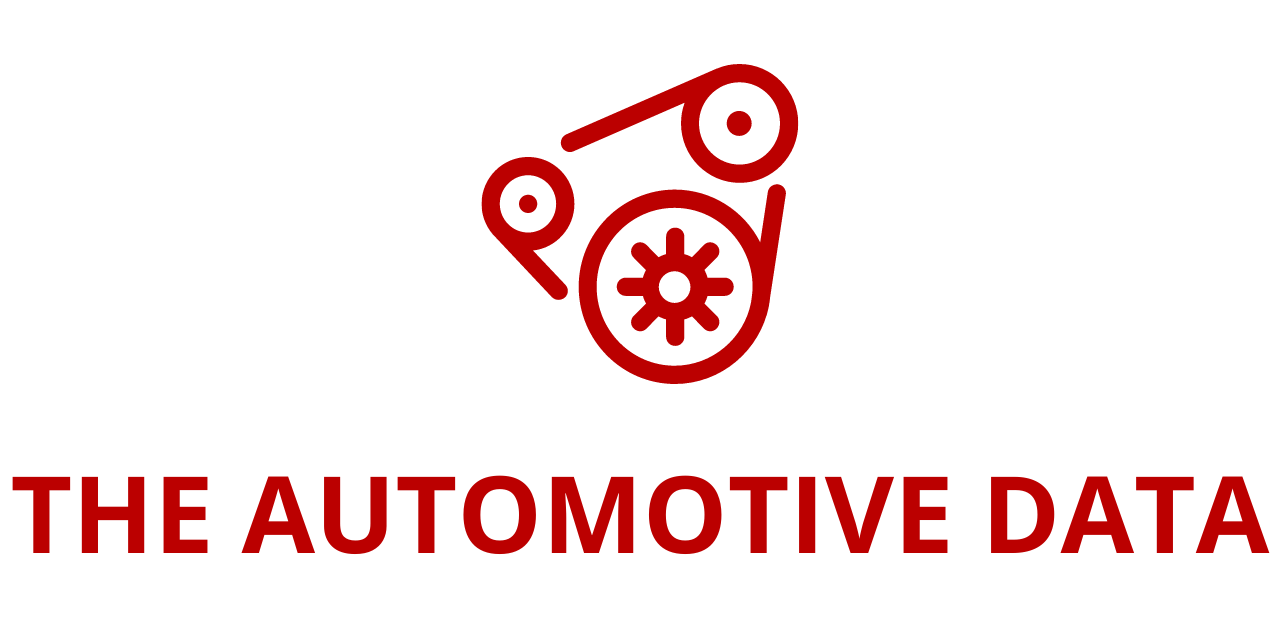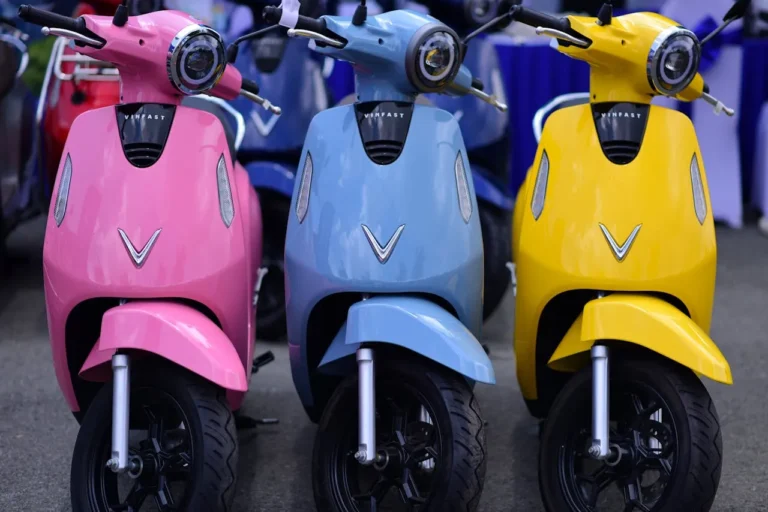
Helm.ai and Honda Form Multi-Year Partnership to Advance Next-Generation ADAS for Consumer Vehicles
Helm.ai, a Silicon Valley-based leader in autonomous driving artificial intelligence (AI) software, has entered into a multi-year joint development agreement with Honda Motor Co., Ltd. The collaboration represents a significant step forward in the two companies’ commitment to accelerate innovation in Advanced Driver Assistance Systems (ADAS) and self-driving technologies designed for mainstream consumer vehicles.
At the center of this partnership is the integration of Helm.ai’s advanced AI platforms with Honda’s vision for its Navigate on Autopilot (NOA) system. Together, the companies aim to bring safer, more intelligent, and scalable autonomous driving features to the mass market, beginning with targeted deployments after 2027.
A Partnership Built on Shared Goals
Honda and Helm.ai share a common mission: to democratize advanced driving automation by making it accessible, affordable, and practical for everyday drivers. For Honda, this partnership is an extension of its long-term strategy to eliminate traffic fatalities and move closer to its “zero collisions” vision. By leveraging Helm.ai’s cutting-edge AI models and real-time autonomous driving stack, Honda can accelerate development cycles while ensuring safety and scalability.
“This joint development supports Honda’s goal of realizing safe and affordable automated driving technologies for our global customers,” said Mahito Shikama, Vice President of Honda’s Software Defined Vehicle Business Supervisory Unit. “Through our collaboration with Helm.ai, we are advancing the development of AI technologies that enhance the real-world applicability of autonomous driving systems, bringing us closer to a future with zero traffic collision fatalities.”
Helm.ai’s CEO and founder, Vladislav Voroninski, echoed these sentiments, emphasizing how the collaboration aligns both companies’ ambitions. “We look forward to entering the next phase of production development with Honda, as they expand their in-house efforts to deploy cutting-edge autonomous driving technologies in mass market vehicles,” Voroninski said. “This joint development highlights our shared vision of enabling AI-powered mobility at scale.”
Inside the Technology: Helm.ai’s Contribution
Helm.ai is providing Honda with its complete suite of AI-powered autonomous driving solutions. The foundation of this suite is built on Helm.ai’s proprietary Deep Teaching™ technology, which enables AI models to learn from large-scale, diverse, and multimodal datasets without requiring manual labeling or extensive simulation engineering.
Key technologies being integrated into Honda’s development roadmap include:
- Helm.ai Vision – a perception stack that interprets real-world driving environments, recognizing lanes, traffic signs, vehicles, pedestrians, and other critical elements with precision.
- Helm.ai Driver – a vision-based, real-time path prediction AI system that allows the vehicle to forecast traffic patterns and make adaptive driving decisions in complex road scenarios.
- Generative Simulation Models – Helm.ai’s VidGen-2, GenSim-1, GenSim-2, and WorldGen-1 platforms provide scalable, AI-driven simulation environments. These generative models help test rare driving events, weather conditions, and unpredictable traffic interactions, accelerating validation for safe deployment.
By combining perception, prediction, and simulation capabilities, Helm.ai’s systems enable vehicles to adapt dynamically across highway and urban driving environments—critical for the end-to-end ADAS architecture Honda is building.
Honda’s Navigate on Autopilot (NOA): The Next Frontier
Honda’s NOA platform represents the automaker’s next-generation ADAS strategy. Unlike earlier driver-assist systems limited to highway automation, NOA is being designed to handle both highway and complex urban driving scenarios using a unified architecture.
At its core, NOA is an end-to-end (E2E) AI system that manages environmental perception, decision-making, and vehicle actuation. While the system remains partially automated—requiring continuous driver supervision—it significantly reduces driver workload by assisting in acceleration, braking, lane changes, and steering from the start of a journey to the destination.
One of Honda’s goals with NOA is to eliminate the distinction between highways and regular roads, offering a seamless driving experience regardless of environment. With mass production targeted after 2027, Honda plans to scale this system across a broader range of its consumer vehicle lineup, marking a major step in the democratization of intelligent driving assistance.
Why This Partnership Matter
The collaboration between Helm.ai and Honda has implications beyond just the two companies involved. It highlights broader industry trends shaping the future of driving automation:
- Shift Toward AI-First Development
Traditional rule-based ADAS relied heavily on hand-coded algorithms and labeled training data. Helm.ai’s foundation models represent a paradigm shift, enabling large-scale, self-supervised learning that adapts more efficiently to diverse driving environments. - Scaling Autonomy Beyond Highways
While many automakers have achieved partial automation on highways, urban driving remains a complex challenge. The Honda–Helm.ai partnership aims to bridge this gap by developing ADAS that can safely and reliably handle both settings. - Focus on Safety and Affordability
Unlike fully autonomous robotaxi initiatives, this partnership is directed toward mass-market consumer vehicles. That means balancing cutting-edge technology with cost efficiency, ensuring features are accessible to everyday drivers. - Accelerated Development and Validation
By integrating AI-driven generative simulations, Honda can validate rare and high-risk scenarios more effectively, potentially shortening the time to market while maintaining rigorous safety standards.
The Road to Deployment
Honda has set its sights on deploying its enhanced NOA system across consumer vehicles after 2027. The timeline reflects both the technical challenges of developing reliable end-to-end ADAS and the regulatory, infrastructure, and safety considerations that come with scaling autonomous technologies.
In the meantime, the partnership will focus on:
- Continuous training and adaptation of AI models to Honda-specific datasets.
- Large-scale validation in diverse road and weather conditions.
- Integration into Honda’s software-defined vehicle platforms.
- Incremental feature rollouts, starting with advanced highway automation before expanding into urban autonomy.
A New Era of AI-Powered Driving
The Helm.ai–Honda partnership is emblematic of a broader trend in the automotive industry: the convergence of AI-first software companies with established global automakers. Helm.ai brings agility, advanced AI research, and simulation expertise, while Honda contributes decades of automotive engineering, global scale, and brand trust.
Together, the two companies are not only building a product but also shaping a future where intelligent driving systems enhance safety, convenience, and efficiency for millions of drivers worldwide.
As the industry moves toward software-defined vehicles, partnerships like this one may become the blueprint for how automakers and AI firms collaborate to accelerate innovation. For Honda, it means delivering on its mission of safe and affordable automated driving. For Helm.ai, it is an opportunity to showcase how AI can move from research labs into mass production. And for drivers, it promises a future where advanced autonomy is no longer reserved for premium vehicles or experimental fleets, but embedded in everyday cars.







